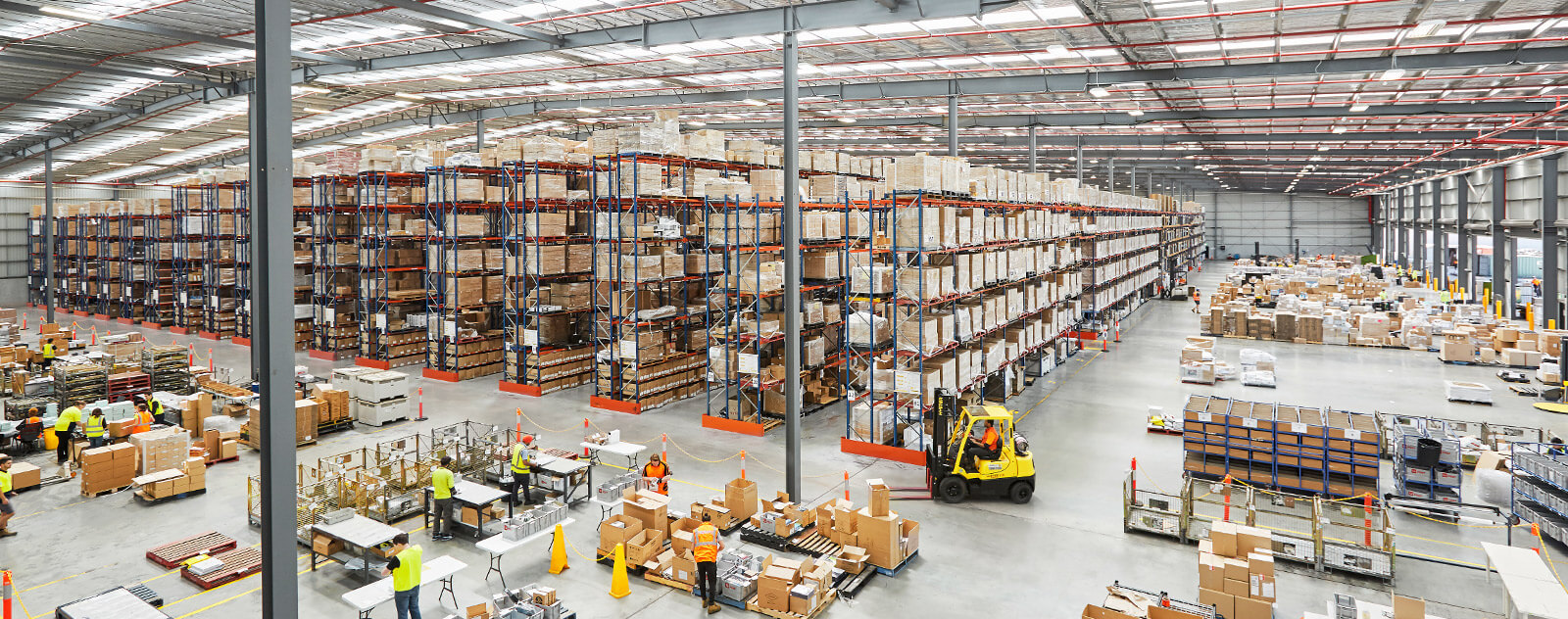What Is The Difference Between Inventory And Consignment?
Proper inventory management is a priority for retailers. A comprehensive stock management system will allow you to track all your inventory and meet customer demand. It will help you reduce costs and give you a better understanding of the performance of your inventory.
It is a critical point, but it can take a lot of work to gauge customer demand in specific industries, such as fashion, accessories, and confectionery. Retailers may be reluctant to lose profit on perishable goods and overstocking. The retailer might be hesitant to order a new product slightly different from their existing product offerings because they are concerned about whether it will remain on the shelves and if they’ll have excess stock.
Consignment inventory is the solution. You are interested in learning more about consignment inventory, its uses, and its drawbacks and benefits. Continue reading.
What is consigned inventory?
Consignment inventory, in simple terms, is the opposite of traditional inventory. Traditional inventory is where the seller, a distributor or retailer, pays for the product when they take possession. Then, the investor sells directly to customers. Consignment inventory allows the producer to retain ownership of the stock until it is sold to consumers or used in the business. The retailer also buys the product directly from the producer. The user or retailer does not pay for the product until it is sold.
Consignment shifts inventory-carrying expenses from the retailer to producers. It is a typical arrangement for high-ticket inventory, such as furniture and sporting goods. It’s possible that retailers don’t have the cash flow necessary to purchase a wide range of luxury sofas, which could take several months or even years to sell off. Without causing losses, the retailer can return any stock not sold to the distributor.
It is also used in pharmaceutical and medical settings. A medical device company might have a collection of expensive devices but only pay for them when removed from its inventory.
The pros and cons of selling inventory on consignment
Is it possible for your business to sell inventory by consignment? It depends. For decades, consignment inventory has been a common practice in specific industries. Consignment relationships have also increased with the boom in e-commerce. Consigned inventory is only the right choice for some businesses.
The advantages of consignment inventory
Consigned inventory models work best when the supplier is confident that the products will sell and if they can get in front of the target customer. It is a good option for small businesses with limited capital, new product launches, and high-ticket items with long sales cycles. Consignment is a popular option for retailers, such as medical businesses, who can offer more products than they could otherwise.
This is also common for service and repair companies where it’s yet to be known how long a part will remain on the shelves. Service businesses can access the region quickly and respond to customers faster without paying for inventory or expedited shipping.
Consignment is the best option when the demand for a product remains uncertain for at least a time. This could be due to introducing new products or brands or adding new products into existing lines. Because the retailer is less likely to lose their stock, it will be more likely to sell it. Both parties will benefit if the product sells. Because the supplier has at least some inventory on their shelves, they can lower their inventory costs.
Cons of consignment inventory
Before e-commerce, consignment inventory was more common. Brick-and-mortar was the primary channel. Based on advertising and catalogs, mail order delivery filled in the gaps. With so many channels available, getting products in front of customers is easy today.
Consignment is not a good idea for high-demand products, such as staples at the grocery store. Both the seller and vendor can expect consistent inventory turnover. The same applies to consumables such as copier paper or printer ink. A steady consumption is what sustains an established supply chain.
It is not mutually beneficial to shift inventory to consignment for products in stock at the seller or retailer. The seller will often seek to shift inventory costs to their benefit. The supplier might be unable to decide if the seller is a significant portion of the revenue stream.
A successful consignment relationship is one where the seller puts effort into selling the items. They don’t cost anything, so there is less incentive to sell the items.
The biggest problem with consignment inventory is the supplier’s financial risk. Sellers are unable to control the supplier’s inventory costs. Inventory investments can be left uninvested due to loss, damage, or slow sales.
ShipA2Z’s 3PL connections make up the final piece of the last-mile puzzle.
Stock consignment also includes getting the product to the customer safely and efficiently. ShipA2Z can connect retailers with last-mile couriers that are cost-effective and efficient. Customers will be able to receive their goods promptly and safely, which can help build a positive reputation for your brand.
Consignment inventory is a great way to get products out of the gate for vendors or smaller businesses before committing. It can be a great way for vendors and customers to test out products before committing. Before you decide to implement this strategy, consider the pros and cons.
It would help if you established clear expectations with consignees and consignors before you move forward. It will ensure that both sides can benefit from the cooperation. To ensure your customers receive their goods promptly and safely, ship to ShipA2Z or another 3PL.
Related Articles

Why Should You Change Your Current 3PL Service Provider? When Is The Right Time to Change?

The Role of Logistics Management in The Retail Industry
